The sun and moon photobomb NASA's Artemis 1 megarocket in these amazing photos
Moon, meet moon rocket.
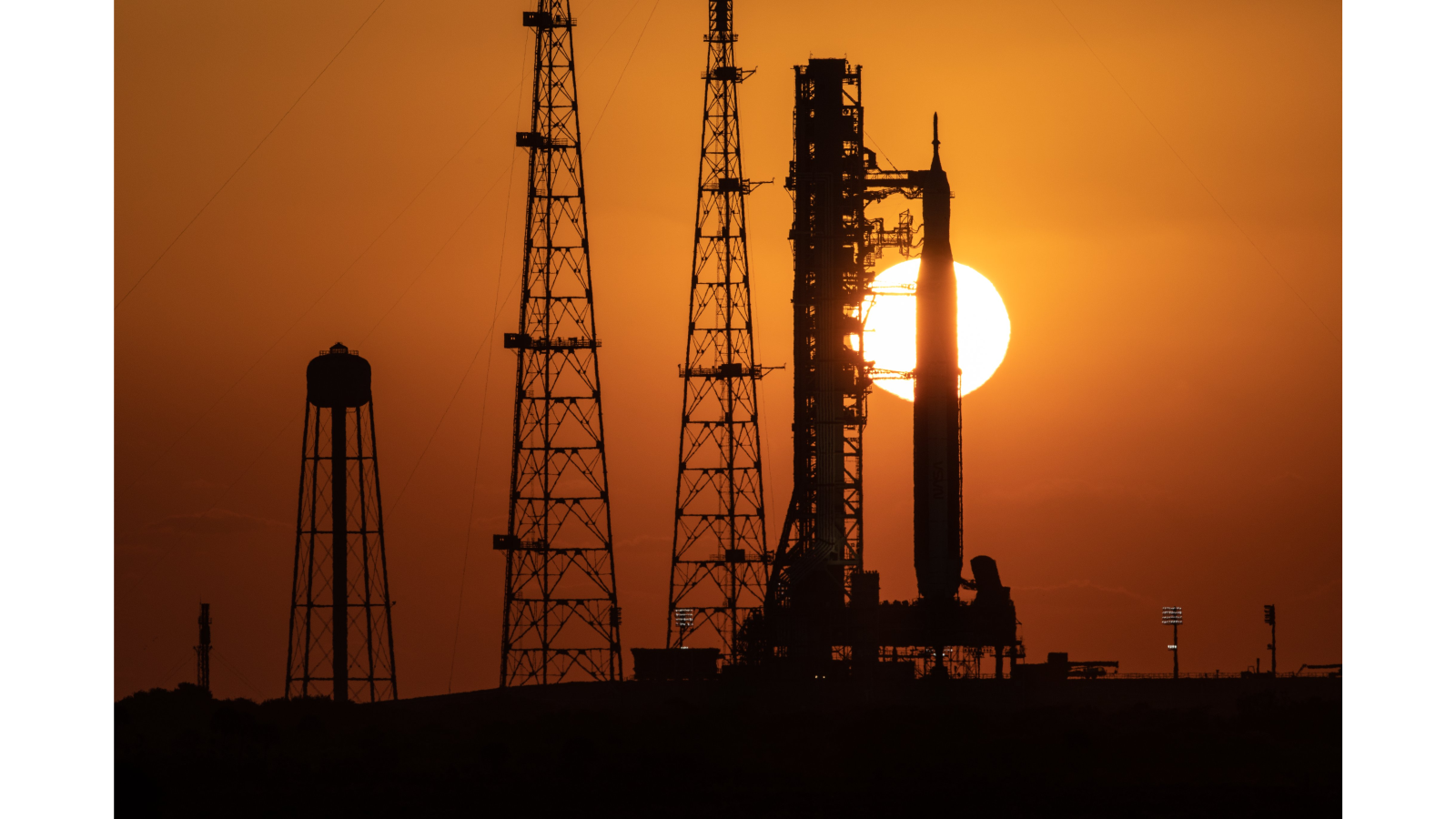
NASA's huge Space Launch System (SLS) rocket was dramatically backdropped by two solar system bodies during its first-ever rollout to the launch pad on March 17 and March 18.
The stacked SLS and Orion capsule that will fly NASA's upcoming Artemis 1 mission got a glimpse of their target, the moon, during the rollout, which took the duo from the huge Vehicle Assembly Building at NASA's Kennedy Space Center in Florida to Pad 39B. Other dramatic photos show the sun rising behind the 322-foot-tall (98 meters) rocket as it sat on the pad.
Artemis 1 will send an uncrewed Orion around the moon no earlier than May to ensure that the rocket and capsule are ready to carry astronauts on deep-space missions. The launch date won't be set until NASA completes a series of key tests, including a "wet dress rehearsal" that will conduct a simulated countdown on the launch pad in 10 days or so.
Related: NASA's Artemis 1 moon mission explained in photos
🌅 A sunrise view of the Artemis I @NASA_SLS rocket and @NASA_Orion spacecraft at Launch Pad 39B at @NASAKennedy in Florida on March 21, 2022. pic.twitter.com/nbBrwlFZItMarch 22, 2022
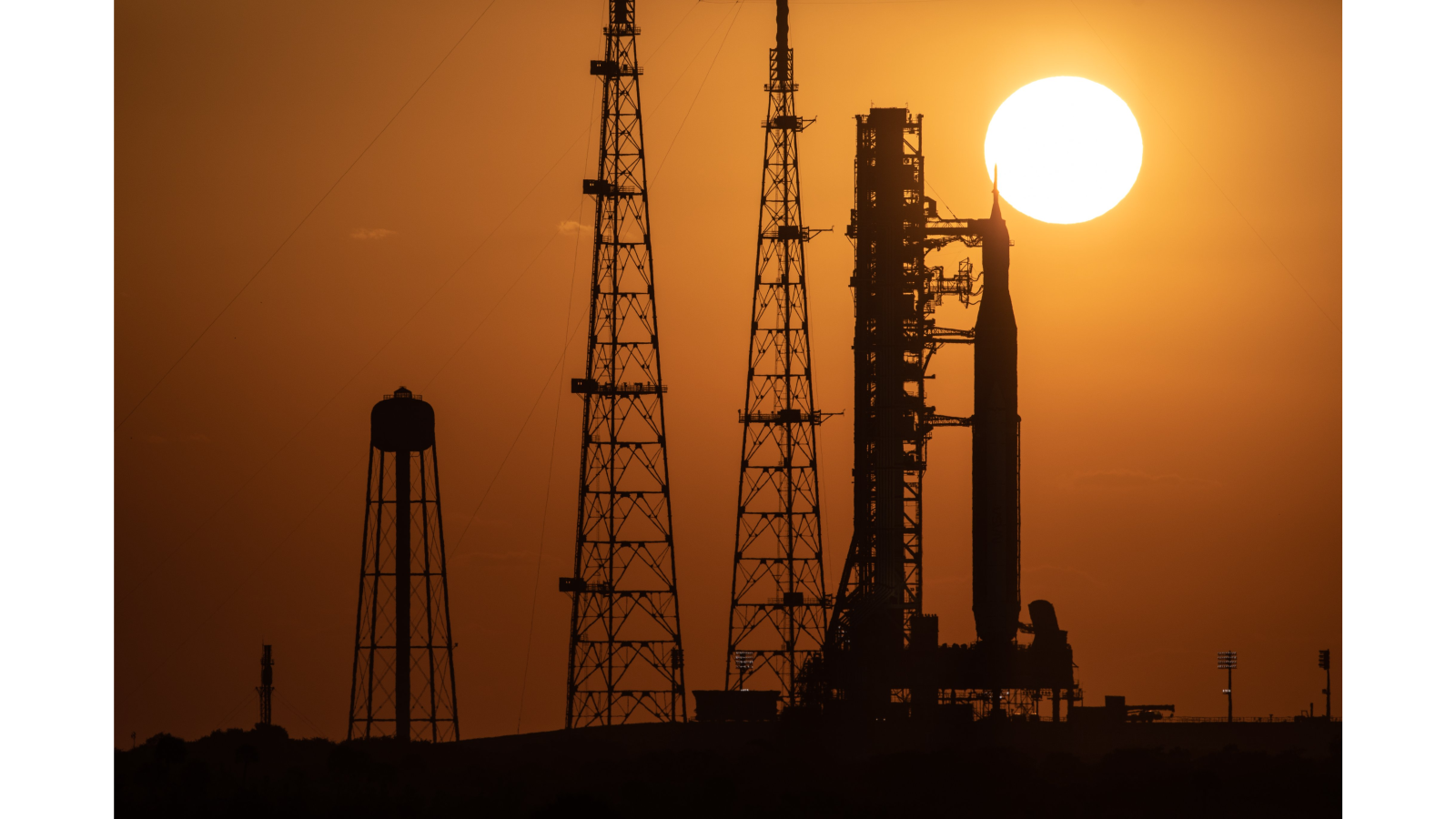
While the sun is not a focus for the Artemis 1 mission, fighting against its radiation is one thing that NASA will be concerned about. The sun sends a constant stream of particles, called the solar wind, throughout the solar system. At times, solar explosions called coronal mass ejections push huge quantities of particles into space, threatening space infrastructure and, potentially, the health of astronauts.
Near Earth, spaceflyers receive some protection against such radiation from the Van Allen Belts that surround our planet. But NASA wants to learn more about the potential effects of radiation upon spaceflyers who travel to the moon and other destinations beyond the Van Allen Belts.
NASA already has access to some such data, of course; the Apollo program landed six crewed missions on the moon from 1969 to 1972. But those were all short-duration flights, and the agency is interested in building up a long-term presence on and around the moon and getting astronauts to Mars as well.
Get the Space.com Newsletter
Breaking space news, the latest updates on rocket launches, skywatching events and more!
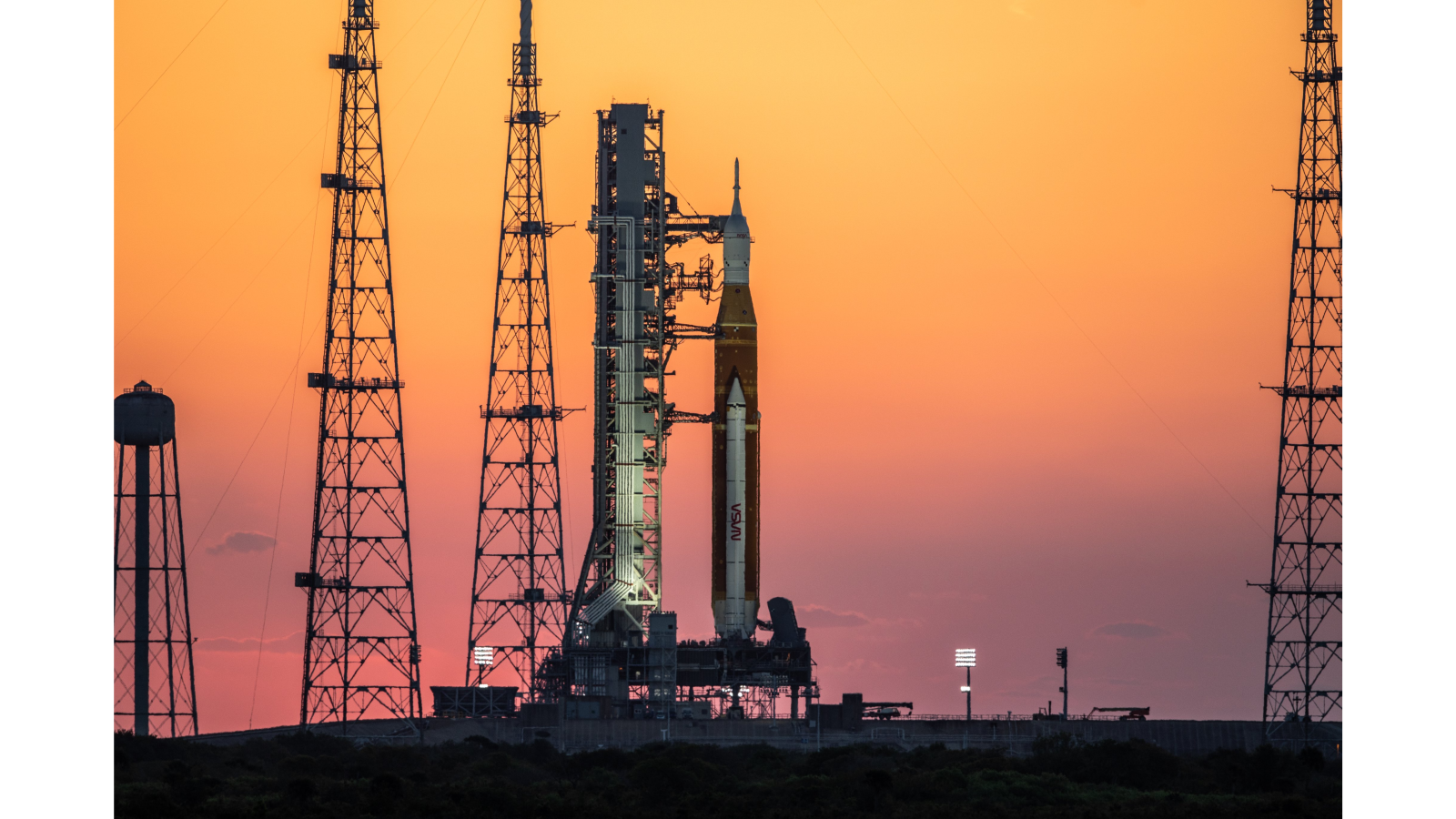
A significant part of the Artemis 1 mission will consist of playing with (or fighting against) gravity. At first the SLS must go into space against Earth's gravity, of course. Later in the launch sequence, a trans-lunar injection by the rocket's upper stage will boost the Orion spacecraft toward the moon.
Orion will eventually enter a "distant retrograde orbit." (Retrograde means that the spacecraft will orbit in the direction opposite to the moon's spin.) The spacecraft will fly there for between six and 19 days before taking a swing down toward the moon's surface (without landing) to gain a gravitational kick to head back home.
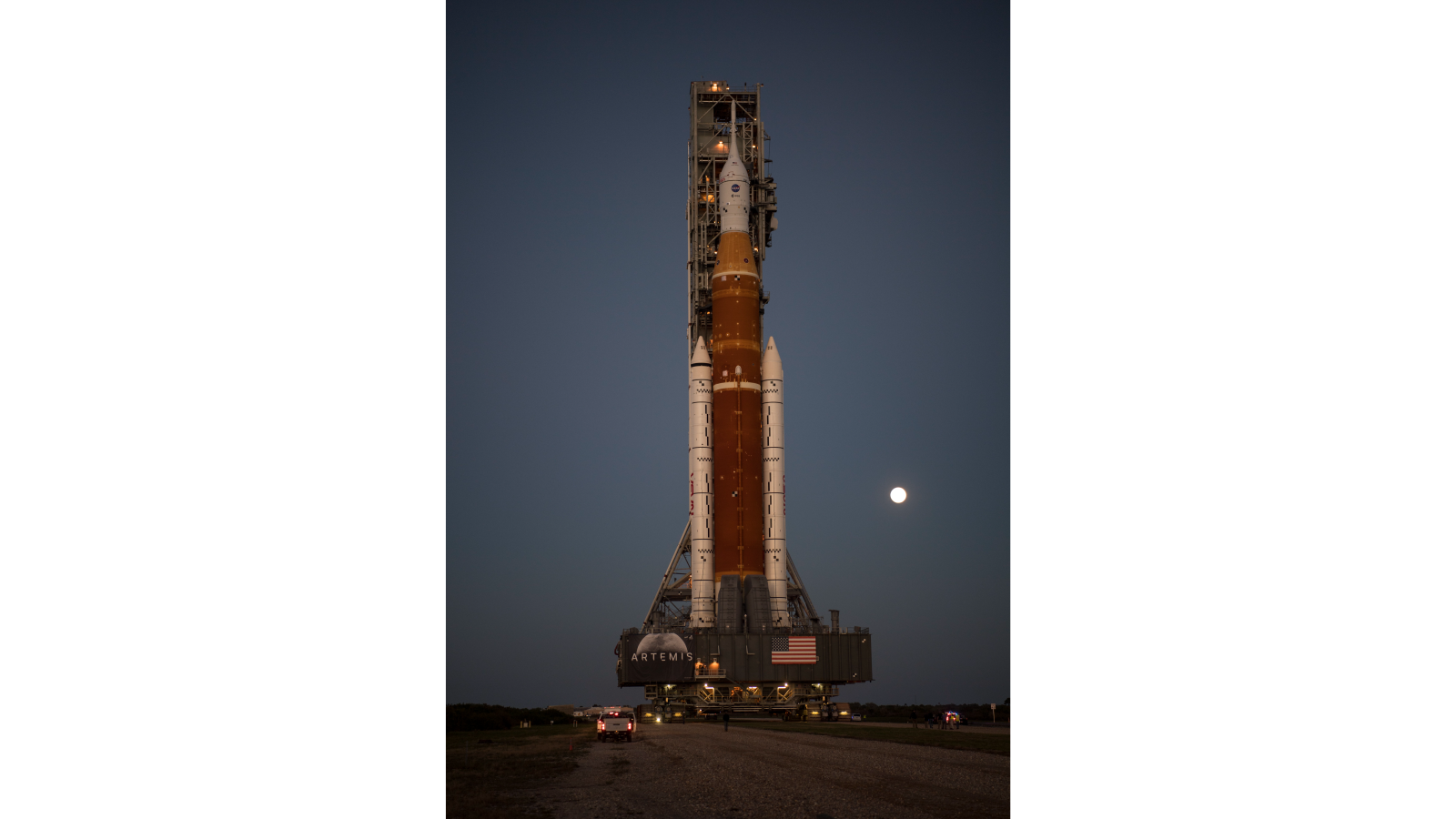
Following Artemis 1, NASA has a suite of missions planned under the Artemis program of crewed lunar exploration. While rocket parts are being built for distant missions into the 2030s, for now the agency only has scheduled dates for the next two of the series.
Artemis 2 will fly no earlier than 2024 with a crew of astronauts that will loop around the moon, while Artemis 3 is scheduled to touch down on the surface in 2025 or so.
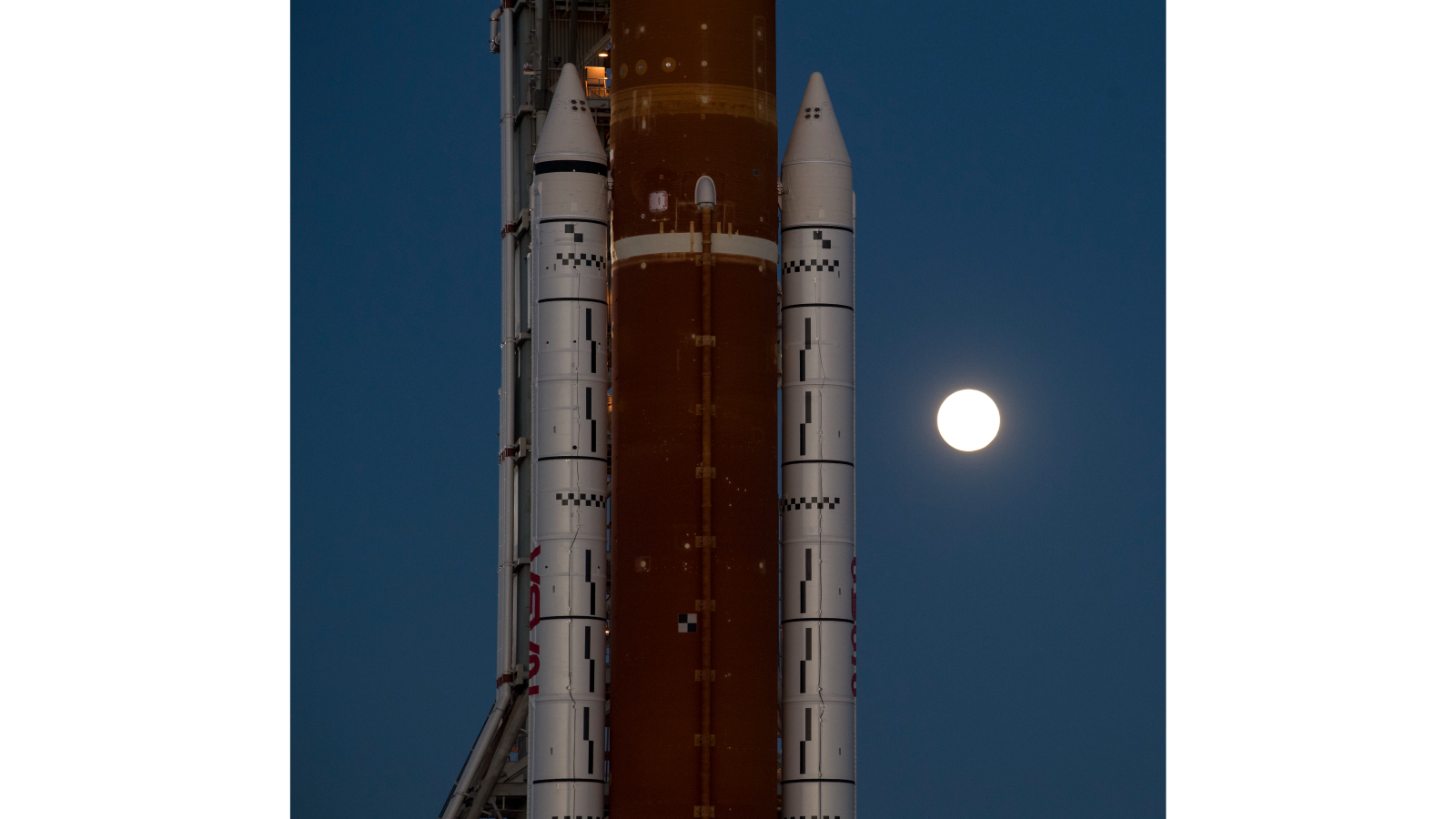
Those dates could change. NASA's inspector general has identified some issues that may push the first moon landing to at least 2026, for example. The agency selected SpaceX to build the lunar lander for Artemis 3, and the company's work on the project was delayed by seven months after the contract award last year due to protests and a legal challenge by Blue Origin, which had also submitted a lander bid. (The protests and challenges have been denied, and SpaceX has resumed its lander development work.)
There are also possible schedule pushbacks with spacesuit development, including a key change in pivoting much of the work to a contractor rather than in-house employees.
That said, the Biden administration has remained committed to Artemis, which was first articulated in 2019 under the Trump administration after hints of a moon focus in 2017. NASA is also continuing work on a related project in support of Artemis that will see astronauts periodically work in a space station around the moon.
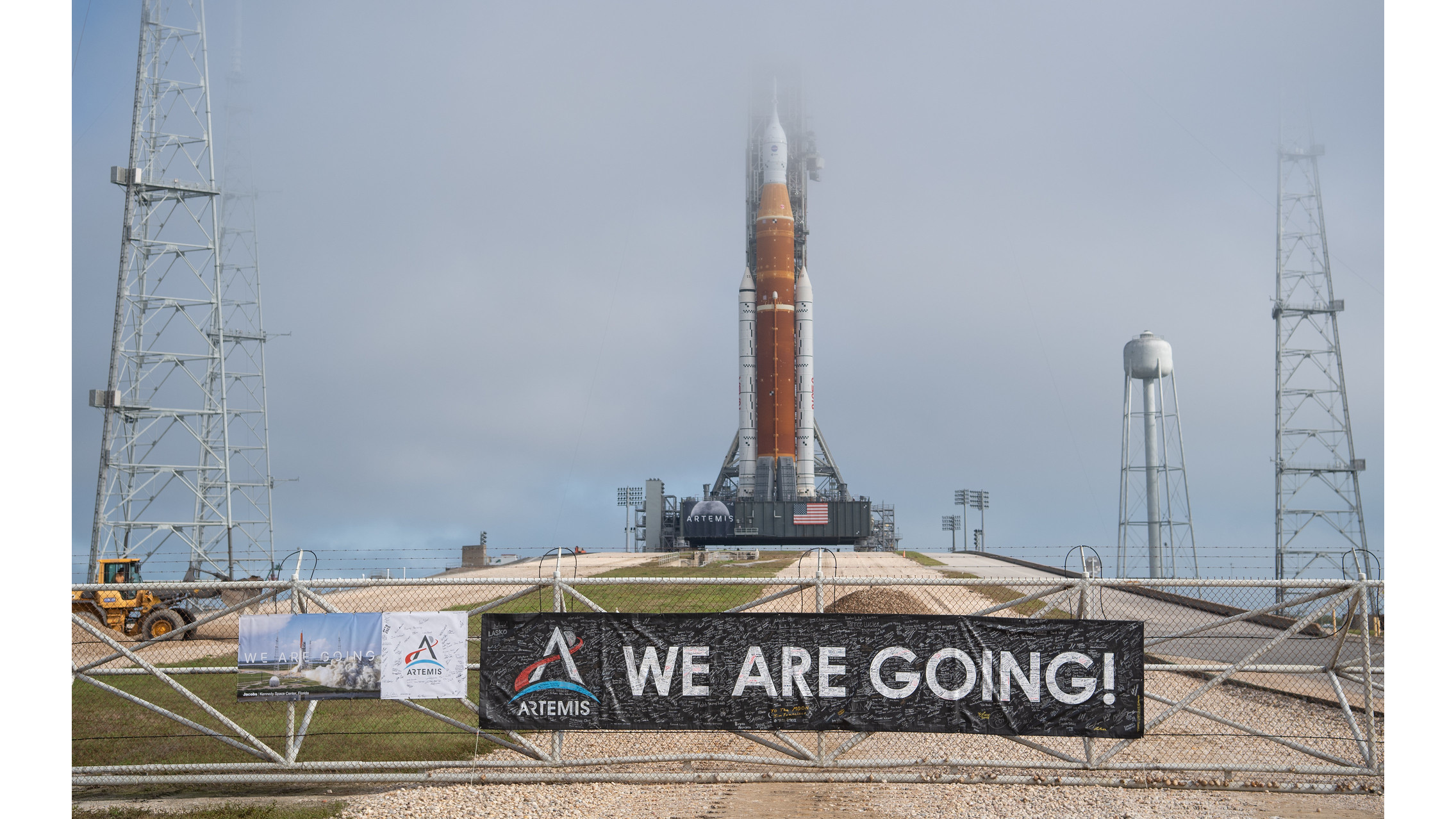
That project, called Gateway, will house crews for between one and three months at a time in support of science and potentially, to help with surface missions. In between crewed visits, a robotic arm called Canadarm3 will be tasked to take on maintenance of the small space station.
NASA selected SpaceX in 2021 to deliver the first two segments of Gateway no earlier than 2024, aboard a Falcon Heavy rocket. The flight will carry Gateway's power and habitation modules, which are being built by Maxar Technologies and Northrop Grumman Space Systems, respectively.
Follow Elizabeth Howell on Twitter @howellspace. Follow us on Twitter @Spacedotcom and on Facebook.
Join our Space Forums to keep talking space on the latest missions, night sky and more! And if you have a news tip, correction or comment, let us know at: community@space.com.

Elizabeth Howell (she/her), Ph.D., was a staff writer in the spaceflight channel between 2022 and 2024 specializing in Canadian space news. She was contributing writer for Space.com for 10 years from 2012 to 2024. Elizabeth's reporting includes multiple exclusives with the White House, leading world coverage about a lost-and-found space tomato on the International Space Station, witnessing five human spaceflight launches on two continents, flying parabolic, working inside a spacesuit, and participating in a simulated Mars mission. Her latest book, "Why Am I Taller?" (ECW Press, 2022) is co-written with astronaut Dave Williams.









